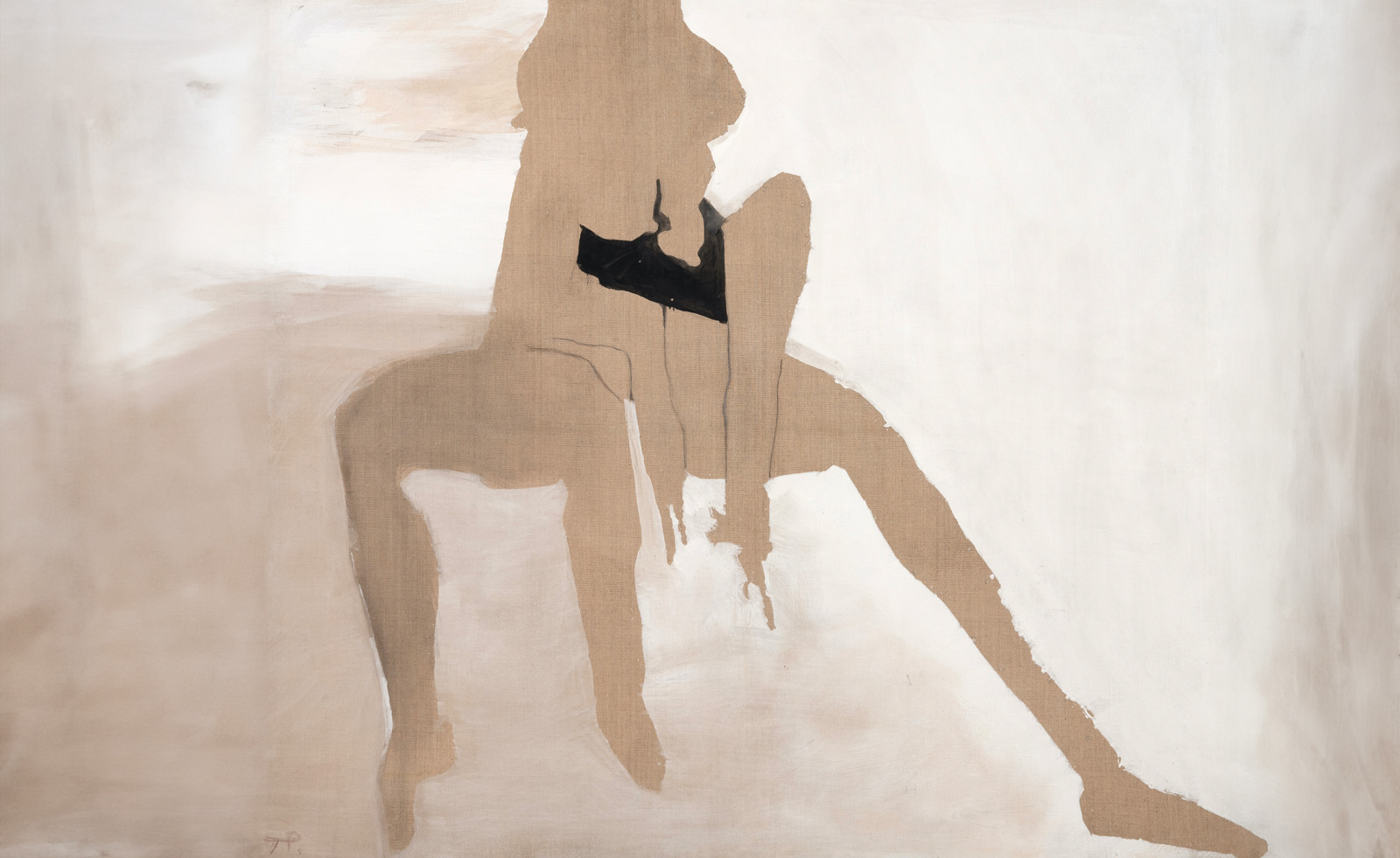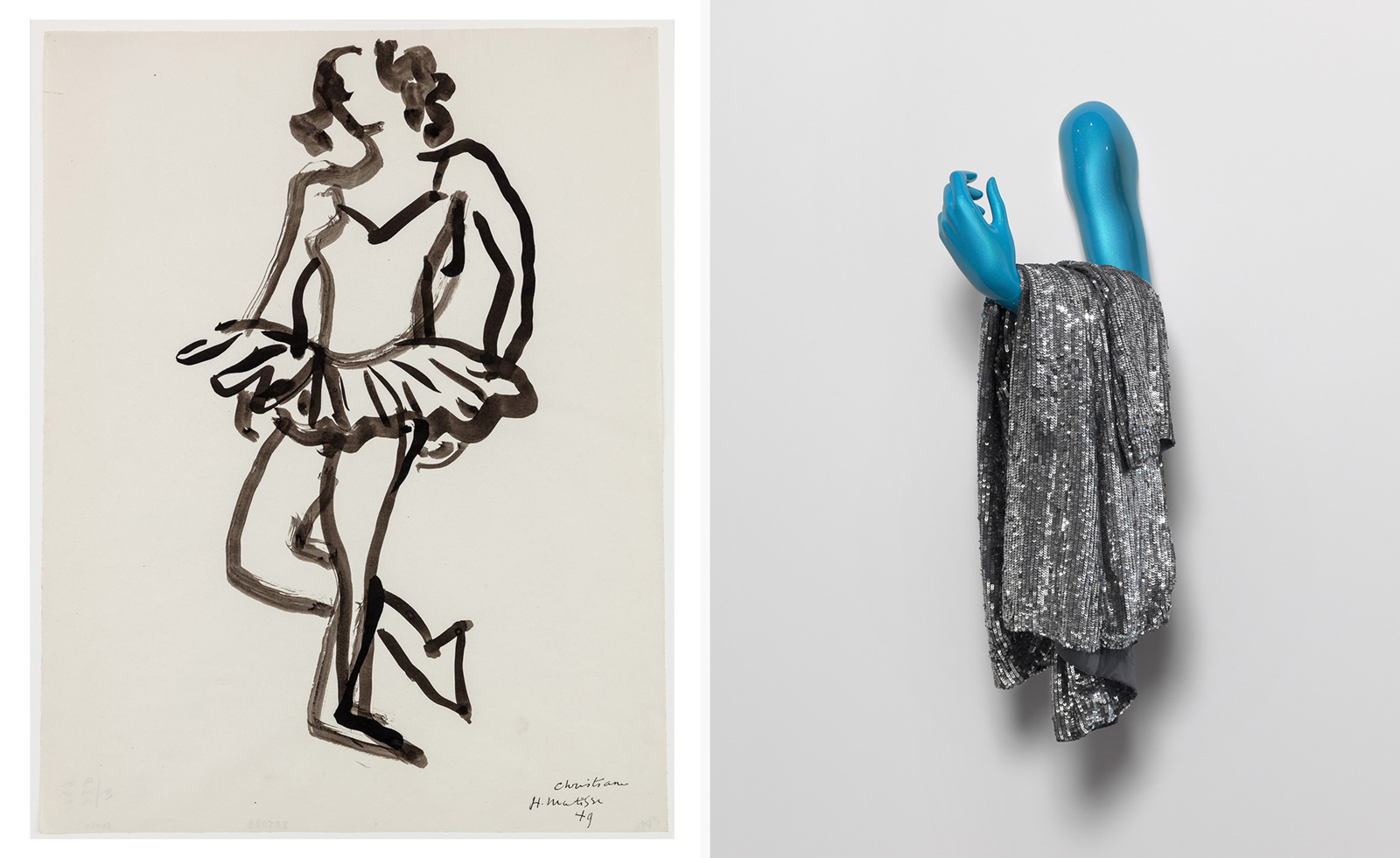Asim Waqif creates dense bamboo display at the Hayward in London
The Bagri Foundation Commission, Asim Waqif’s वेणु [Venu], opens at the Hayward Gallery in London
![The Bagri Foundation Commission: Asim Waqif, वेणु [Venu], 2023. Courtesy of the artist. Photo © Jo Underhill. exterior](https://cdn.mos.cms.futurecdn.net/QgFpUHisSVxoTW6BbkC6nS.jpg)
A dense bamboo dwelling – part musical instrument, part refuge from the visitors who flock to the Southbank – has been erected outside the Hayward Gallery (until 22 October 2023). A matrix of 610 bamboo poles and 700 strips of bamboo, softened and made supple from days of soaking in water, arc over each other, fan out, and weave themselves through the rungs of a steel scaffolding frame. Conceived by Indian artist Asim Waqif, the installation, वेणु, translated as Venu, an ancient Sanskrit word meaning bamboo reed or flute, is interactive: you can walk through, sit in, and even play it.
![The Bagri Foundation Commission: Asim Waqif, वेणु [Venu], 2023. Courtesy of the artist. Photo © Jo Underhill. from air](https://cdn.mos.cms.futurecdn.net/mh4ZTKHvWmmXQdTRxrqjSS.jpg)
Asim Waqif at the Hayward Gallery
Within, lengths of bamboo bend to form a cocoon-like seat embellished with woven palms, while thick stems, skilfully split and tuned, create a series of drums accompanied by a supply of carved sticks ready for visitors to strike a beat. Spontaneous creativity is a touchstone of Waqif’s practice, and it is reflected in the way he builds his interdisciplinary projects and opens them up to morph and be manipulated by audiences.
![The Bagri Foundation Commission: Asim Waqif, वेणु [Venu], 2023. Courtesy of the artist. Photo © Jo Underhill. close up](https://cdn.mos.cms.futurecdn.net/arwxiRseCpLvEsjStWvNZS.jpg)
Working with a group of structural engineers, technicians, students at the Royal College of Art, and his long-time collaborator, the architect Shantanu Heisnam, Waqif shaped the installation over ten days after the team had been taught a knotting technique called lashing. ‘I wanted everyone to get responsibility for taking some creative decisions’, Waqif explains. ‘The kind of ideas and the work that happens is then very different from an instruction based process’. The design thus progressed on site.
![The Bagri Foundation Commission: Asim Waqif, वेणु [Venu], 2023. Courtesy of the artist. Photo © Jo Underhill.](https://cdn.mos.cms.futurecdn.net/CeiRccS3ExuGBB72fxhUMS.jpg)
वेणु[ is the first work Waqif has exhibited in the UK, and while related to a recent piece, Improvise, which was shown at Kochi-Muziris Biennale, it not only responds to the site but will likely also, given the expected levels of interaction, end up bearing the marks of its use. A scaffolding rig is encased within the form to de-exoticise and contextualise the bamboo as a resource that is a ubiquitous building material used in construction projects across South and Southeast Asia.
![The Bagri Foundation Commission: Asim Waqif, वेणु [Venu], 2023. Courtesy of the artist. Photo © Jo Underhill. installation](https://cdn.mos.cms.futurecdn.net/FJe9AZyvuUMamwxGbd4gfS.jpg)
Having trained as an architect, Waqif is sensitive to what he sees as the need to preserve historic knowledge and existing ecologies as South Asia’s urban sprawl booms. Across his practice he uses vernacular techniques and materials to foreground the value and relevance of pre-industrial processes. ‘I like using traditional methods to arrive at very contemporary forms and find that weaving and basket making have very similar properties to what is now being talked about as parametric design’, he says. वेणु highlights what can be considered old technologies of sustainability that will, once the installation ends, be inherited as the work is unbound and redistributed.
Asim Waqif: वेणु [Venu] at the Hayward Gallery, 20 July – 22 October 2023
Wallpaper* Newsletter
Receive our daily digest of inspiration, escapism and design stories from around the world direct to your inbox.
-
 Put these emerging artists on your radar
Put these emerging artists on your radarThis crop of six new talents is poised to shake up the art world. Get to know them now
By Tianna Williams
-
 Dining at Pyrá feels like a Mediterranean kiss on both cheeks
Dining at Pyrá feels like a Mediterranean kiss on both cheeksDesigned by House of Dré, this Lonsdale Road addition dishes up an enticing fusion of Greek and Spanish cooking
By Sofia de la Cruz
-
 Creased, crumpled: S/S 2025 menswear is about clothes that have ‘lived a life’
Creased, crumpled: S/S 2025 menswear is about clothes that have ‘lived a life’The S/S 2025 menswear collections see designers embrace the creased and the crumpled, conjuring a mood of laidback languor that ran through the season – captured here by photographer Steve Harnacke and stylist Nicola Neri for Wallpaper*
By Jack Moss
-
 Artist Qualeasha Wood explores the digital glitch to weave stories of the Black female experience
Artist Qualeasha Wood explores the digital glitch to weave stories of the Black female experienceIn ‘Malware’, her new London exhibition at Pippy Houldsworth Gallery, the American artist’s tapestries, tuftings and videos delve into the world of internet malfunction
By Hannah Silver
-
 Ed Atkins confronts death at Tate Britain
Ed Atkins confronts death at Tate BritainIn his new London exhibition, the artist prods at the limits of existence through digital and physical works, including a film starring Toby Jones
By Emily Steer
-
 Tom Wesselmann’s 'Up Close' and the anatomy of desire
Tom Wesselmann’s 'Up Close' and the anatomy of desireIn a new exhibition currently on show at Almine Rech in London, Tom Wesselmann challenges the limits of figurative painting
By Sam Moore
-
 A major Frida Kahlo exhibition is coming to the Tate Modern next year
A major Frida Kahlo exhibition is coming to the Tate Modern next yearTate’s 2026 programme includes 'Frida: The Making of an Icon', which will trace the professional and personal life of countercultural figurehead Frida Kahlo
By Anna Solomon
-
 A portrait of the artist: Sotheby’s puts Grayson Perry in the spotlight
A portrait of the artist: Sotheby’s puts Grayson Perry in the spotlightFor more than a decade, photographer Richard Ansett has made Grayson Perry his muse. Now Sotheby’s is staging a selling exhibition of their work
By Hannah Silver
-
 Celia Paul's colony of ghostly apparitions haunts Victoria Miro
Celia Paul's colony of ghostly apparitions haunts Victoria MiroEerie and elegiac new London exhibition ‘Celia Paul: Colony of Ghosts’ is on show at Victoria Miro until 17 April
By Hannah Hutchings-Georgiou
-
 Teresa Pągowska's dreamy interpretations of the female form are in London for the first time
Teresa Pągowska's dreamy interpretations of the female form are in London for the first time‘Shadow Self’ in Thaddaeus Ropac’s 18th-century townhouse gallery in London, presents the first UK solo exhibition of Pągowska’s work
By Sofia Hallström
-
 Sylvie Fleury's work in dialogue with Matisse makes for a provocative exploration of the female form
Sylvie Fleury's work in dialogue with Matisse makes for a provocative exploration of the female form'Drawing on Matisse, An Exhibition by Sylvie Fleury’ is on show until 2 May at Luxembourg + Co
By Hannah Silver